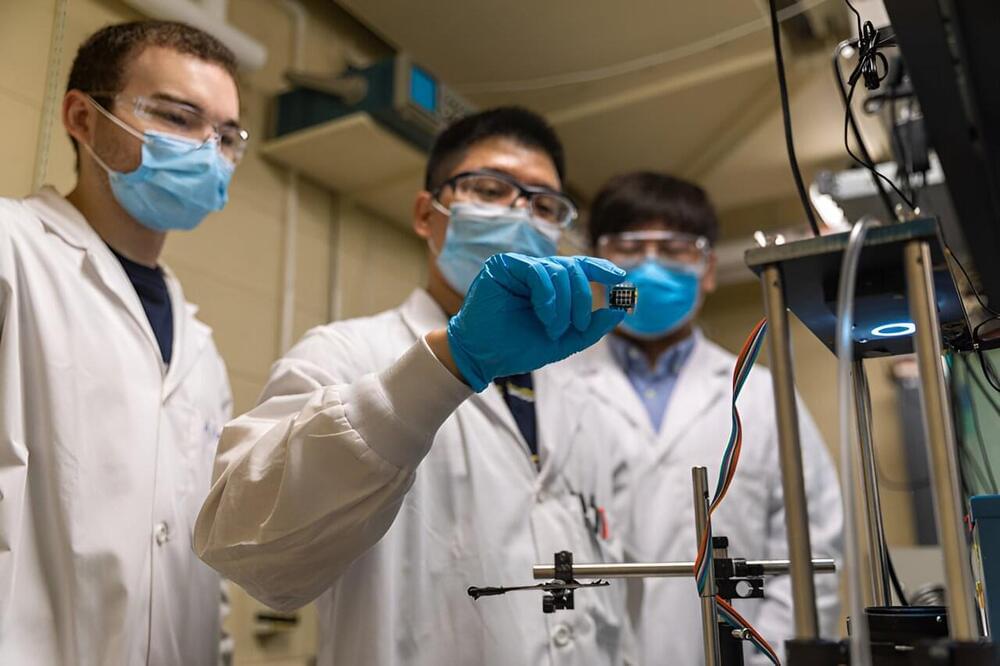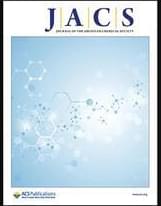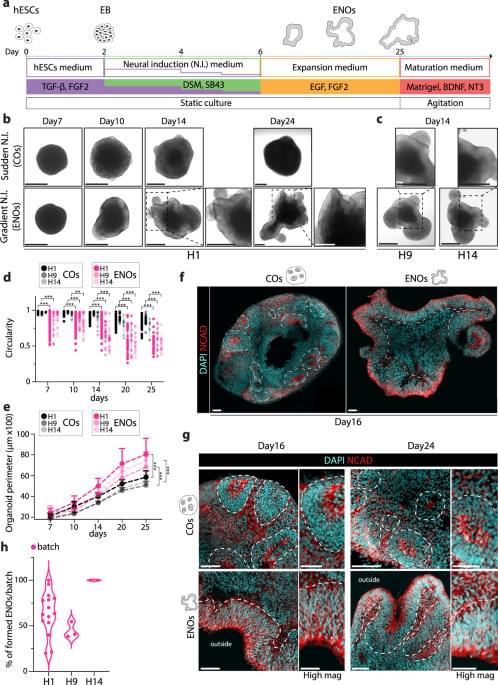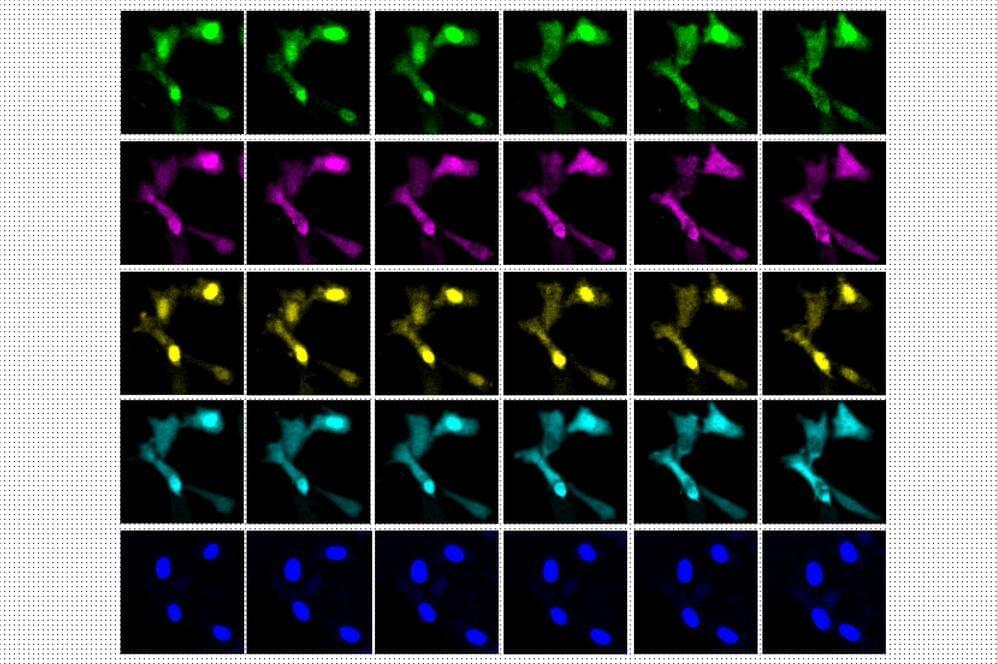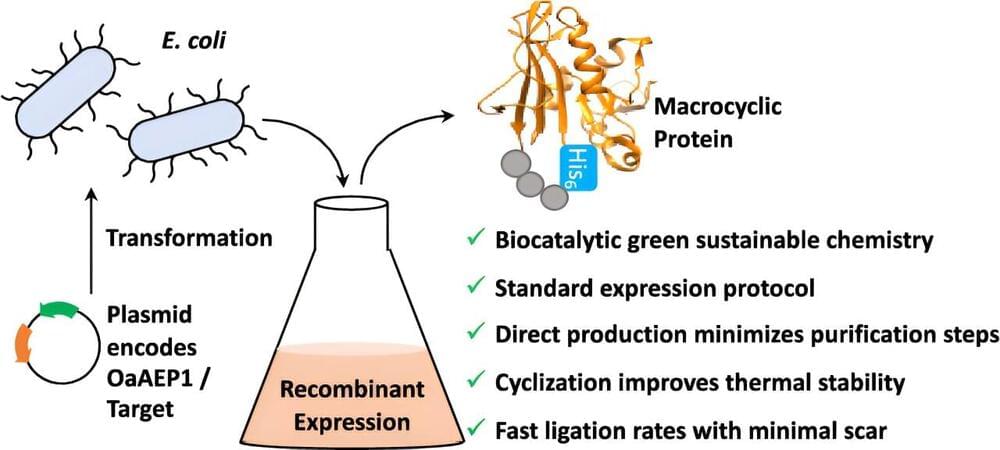Quantum computing, the cutting-edge technology that promises unprecedented computational power, has taken a significant leap forward with the unveiling of a groundbreaking quantum chip by Amazon Web Services.
“It’s a custom-designed chip that’s totally fabricated in house by our AWS quantum team,” said Peter Desantis, senior vice president of AWS utility computing products, during a keynote address in Las Vegas at AWS’s re: Invent conference for the global cloud computing community.
DeSantis said the state-of-the-art chip represents a major milestone in the quest for error-corrected quantum computers. “We’ve been able to suppress errors by 100x by using a passive error correction approach,” he said.

